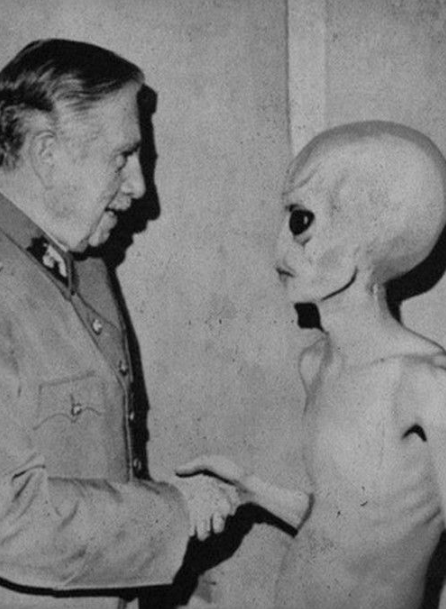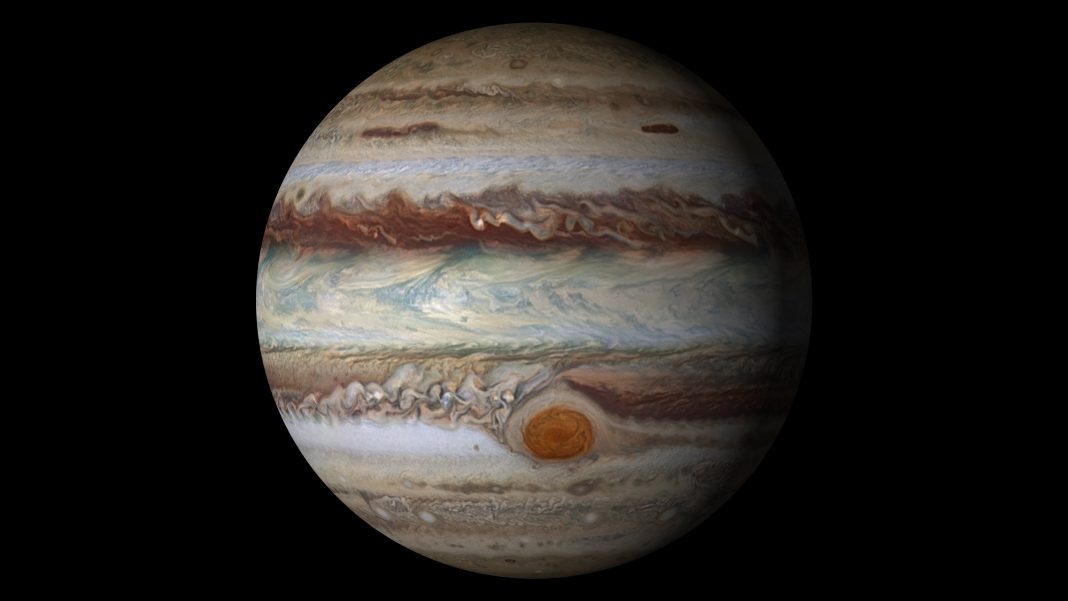As the search for extraterrestrial life continues, one question that comes to mind is: Do we have a plan for if we do find alien life out there? We have no idea what they will look like or even if we would be able to communicate with them, but that certainly hasn’t stopped us from searching. Organizations such as NASA and SETI have been looking for signs of alien life for years, and have found a few in that time.
A recent announcement from NASA included news that they’d just detected molecules on one of Saturn’s moons that point to signs of life up there. But despite the copious amount of testing and research we are yet to find any concrete evidence of life originating from another planet. However, that may not be a bad thing because as of yet, down here on Earth, we’re still unsure as to how we should react if we do discover alien life.
The “Rio Scale” is used for determining how strong your evidence for alien life is. It evaluates your discovery based on four criteria and was developed by researchers at SETI. A score is calculated by the scale that ranges from 0 to 10, with 0 being minor as not very important at all, to 10 is you’ve got an alien in your backyard. The question is though, at what point (if ever) do we try and interact? Is it a 5 on the scale or a full blown 10 before we reach out for real?
While there don’t seem to be any set answers to these questions as of yet, enthusiasts will not be slowed down and various groups have already sent out messages in hopes of receiving a response from some alien life form. But many people are under the impression this will do more harm than good. Even Stephen Hawking warned of the potential dangers we could face in responding to any possible alien signals. As he points out in the video, “Stephen Hawking’s Favorite Places”, other civilizations could be more powerful than us and not at all friendly. Then, where will that put us?
More News to Read











